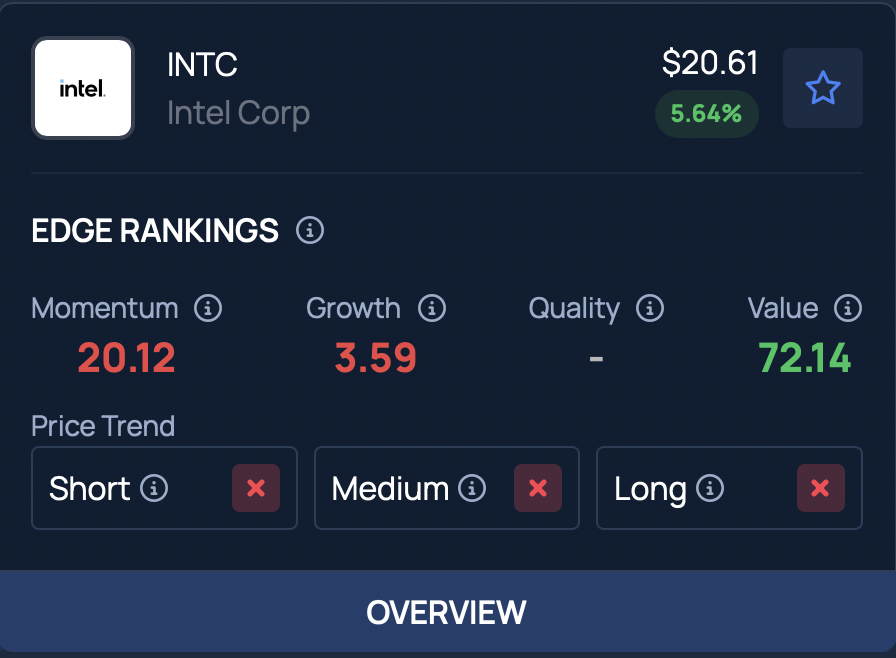China Achieves Milestone in 5-Nanometer Chip Production without EUV
China’s recent advancement in manufacturing 5-nanometer chips without extreme ultraviolet (EUV) lithography is raising concerns among technology leaders.
Details of the Breakthrough
On Wednesday, William Huo, Intel Corp’s first chief representative in Beijing, shared a report on X (formerly known as Twitter). He noted that Semiconductor Manufacturing International Corporation (SMIC) produced 5 nm-class chips without EUV equipment.
Huo stated, “BREAKING: China made 5nm chips without EUV. Let that sink in,” emphasizing the reliance on deep ultraviolet (DUV) technology and innovations such as Self-Aligned Quadruple Patterning (SAQP). He described the achievement as “Moore’s Law by force, not finesse.”
Symbol of Resilience
In his commentary, Huo viewed these chips as indicative of China’s resilience against U.S. sanctions and its progress toward becoming a self-sufficient chip manufacturing powerhouse.
In response, venture capitalist Chamath Palihapitiya expressed his views on the significance of technical superiority. He emphasized that countries possessing this superiority will hold military and economic advantages.
Sitting here, in 2025, its important to recognize that there is one, and only one, battle that must be won when thinking in terms of the sovereignty and supremacy of one nation-state over another:
Technical Superiority
Countries who have technical superiority will have military…
Financial Implications
This development is critical as Wccftech reported that SMIC is projected to finalize its 5 nm chip technology by 2025. However, the production costs may be up to 50% higher than those at Taiwan Semiconductor Manufacturing Co. (TSMC), primarily due to SMIC’s lack of access to advanced EUV tools.
The report also highlighted that SMIC’s yield rates for 5 nm wafers are approximately one-third of those at TSMC. Despite these obstacles, Huawei Technologies is reportedly planning to integrate SMIC’s 5 nm chips into its Ascend 910C AI processors, reflecting ongoing efforts to decrease reliance on Nvidia Corporation (NVDA) and enhance domestic capabilities.
During its first-quarter earnings report, TSMC projected ongoing strong demand for its leading 3 nm and 5 nm technologies as it moves into the second quarter of 2025.
Regulatory Environment
Earlier this month, the White House implemented a permanent export restriction on Nvidia’s H20 chips to China, with the company estimating a potential quarterly revenue impact of up to $5.5 billion. This restriction is part of the U.S. government’s broader initiative to reinvigorate advanced chip manufacturing domestically. EUV lithography from Dutch company ASML Holdings (ASML) plays a vital role in producing smaller, more powerful semiconductor technologies.
Intel currently holds a growth rating of 3.59% from Benzinga Edge Stock Rankings.

Conclusion
This news underscores the critical dynamics of competition in semiconductor technology, where new advancements can shift market positions and influence global strategies.
Photo Courtesy: Maxx-Studio On Shutterstock.com
Disclaimer: This content was partially produced with the help of AI tools and was reviewed and published by Benzinga editors.





